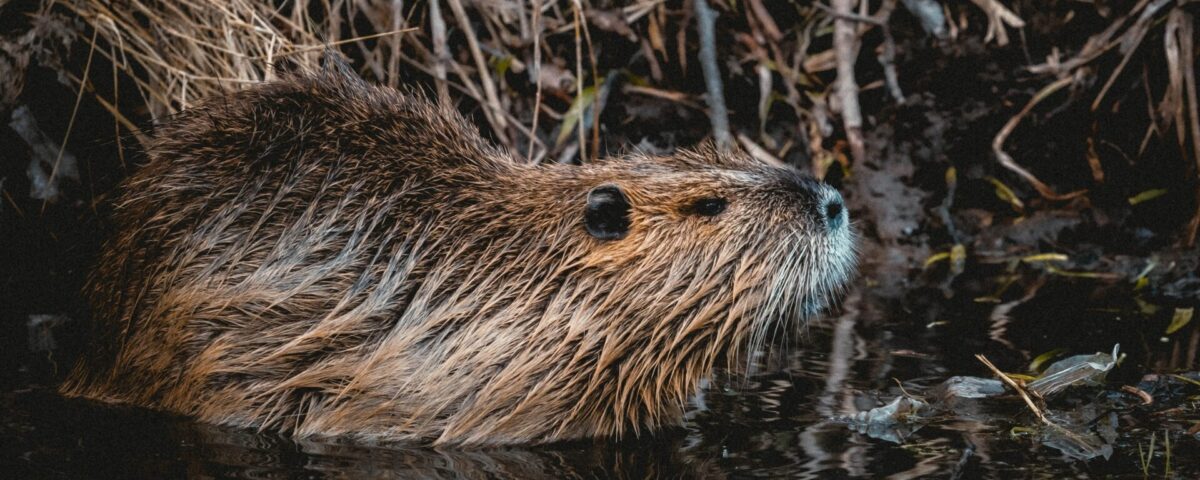
Great Ecology Welcomes Kate Eihausen!
March 30, 2023
Great Ecology Welcomes Ally & Carolyn!
April 12, 2023
Beavers Benefit Ecosystem Restoration
Author: Liz Clift
Beavers (Castor canadensis in North America; the Eurasian beaver is Castor fiber) are fantastic ecosystem engineers, but their populations were decimated because they were hunted for their fur, meat, and anal gland secretions—which is still sometimes used in food.
Their population in the North America went from an estimated 60 million (or more) to a population of just 100,000 between the early 1600s to the late 1800s. The decrease in beaver populations resulted in significant changes to our landscapes and what we imagine as natural in those landscapes. Areas that historically had beavers also had broader rivers (thanks to beaver dams), more places for fish to spawn, increased fire resiliency, and decreased incidence of flooding for people who live downstream.
However, because we don’t know what we don’t know, it’s taken a lot of effort from researchers and others to help the rest of us better understand both the historic range of beavers and how the absence of beavers may have altered the landscape. When beavers disappeared from these landscapes, their dams broke down and water catchments dried up. As these bogs, ponds, and wet meadows dried up, it allowed forests and grasslands to encroach, all of which led to a loss of biodiversity.
As people begin to understand this better, there have been attempts to relocate beavers back to these areas. This includes places like the UK, where beavers were extinct for more than four centuries, and southern California, where evidence suggests that beavers were historically much more widespread than previously thought—and where translocated beavers can thrive today.
Fortunately, people are beginning to understand the importance of beavers in the landscape, almost certainly helped by Ben Goldfarb’s book Eager: The Surprising Secret Life of Beavers and Why They Matter. This increased understanding and awareness has led to multifaceted efforts (including private business, nonprofits, and governments) to restore beaver populations. Now there are an estimated 10-15 million beavers across North America.
Beavers can also play an important part in ecological restoration of riparian systems. Beaver dam analogs are more frequently being placed to help reap those benefits in places where beavers haven’t returned. These can help improve water quality and slow water down during flood events—and sometimes encourage beavers to return to an area (or stay in the area, if they’ve been translocated).
Beaver dam analogs can help recreate wet meadows, rebuild salmon streams, or provide irrigation for pastures that cattle graze on—because beaver dams and their analogs not only help store surface water, they also help increase groundwater elevations.
Great Ecology’s riparian restoration work has included daylighting streams, creating more complex river channels, and removal of manmade dams. We have recommended beaver dam analogs as a component of some of the riparian restoration work we have been part of—and we’re excited that beavers are being recognized for their valuable role in supporting ecosystem services.

